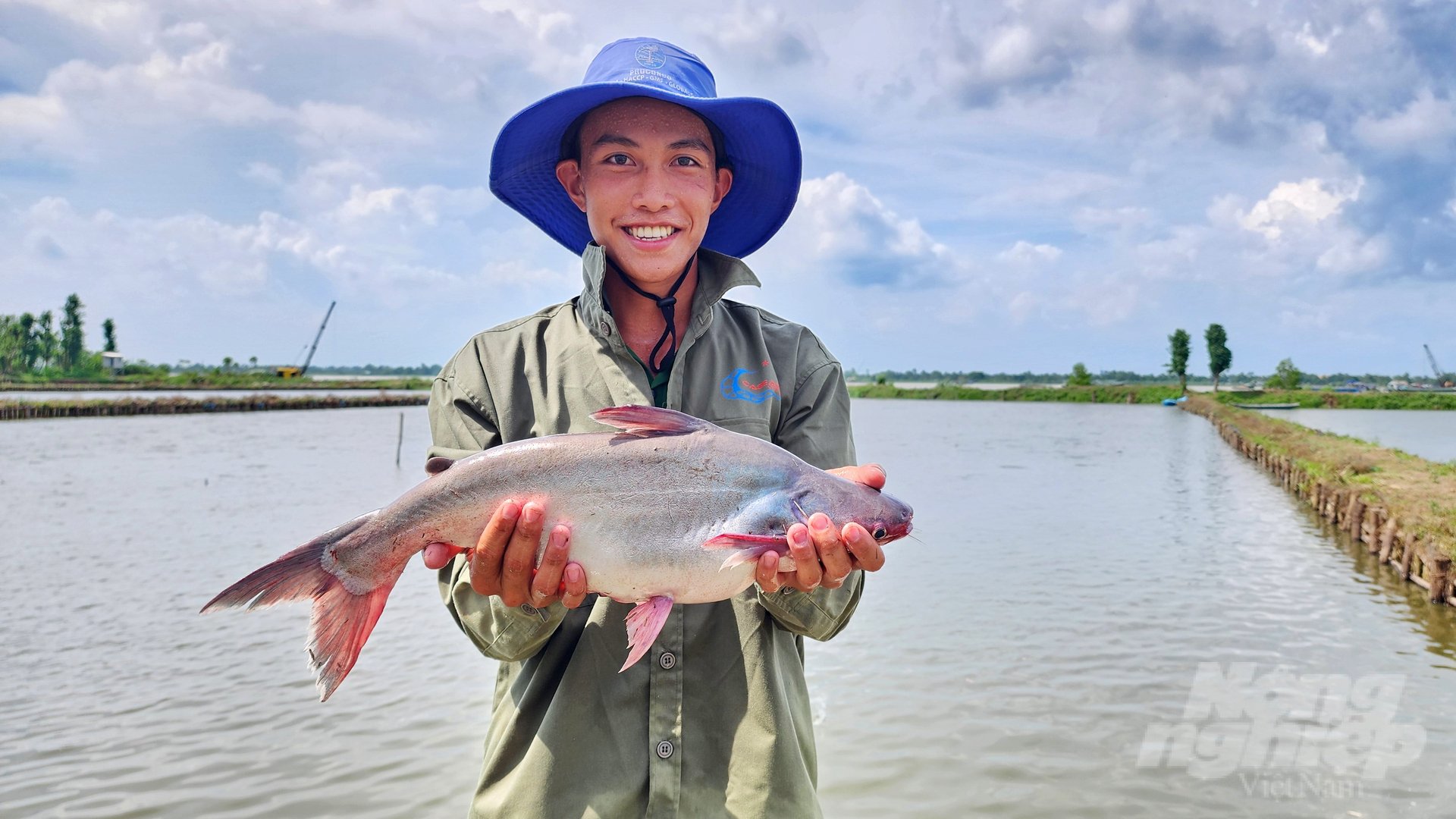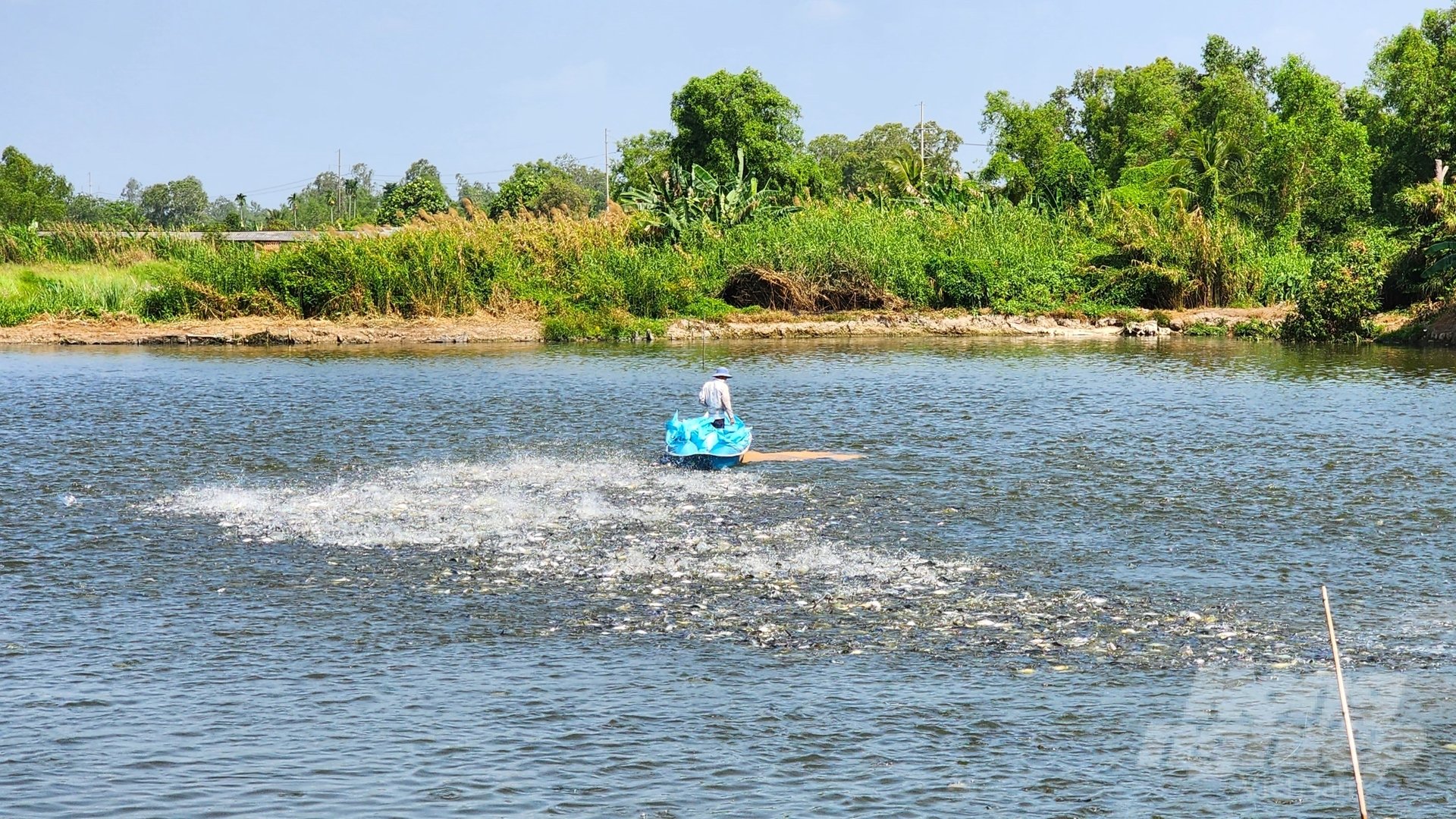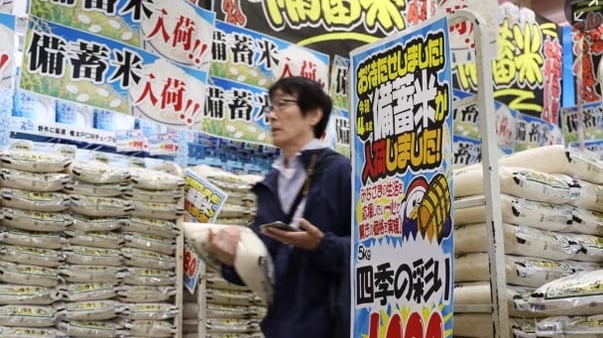June 20, 2025 | 21:30 GMT +7
June 20, 2025 | 21:30 GMT +7
Hotline: 0913.378.918
June 20, 2025 | 21:30 GMT +7
Hotline: 0913.378.918

Can Tho City proposes to implement the project to build infrastructure for aquaculture for concentrated farming areas to perfect technical facilities and equipment. Photo: Kim Anh.
The quality of pangasius fingerlings is an important factor in helping reduce production costs and improve meat quality, thereby contributing to the sustainable development of the pangasius industry. For the quality to be proportional to the fingerling yield, it is urgent to reorganize production toward a "cooperation-linking-market". Therefore, localities need to "encourage fingerlings production establishments and small commercial farming establishments to link together to form clubs, cooperative groups, cooperatives, and also "develop a rearing process to transfer to cooperatives and cooperative groups to manage the fingerling from input and manage the rearing process to create products in large quantity, uniform in quality. Strict seed production and trading establishment management are essential in improving fingerling quality.
Most commercial pangasius farming establishments buy fingerling at production and nursing facilities with infrastructure that does not meet the requirements of Decree 26/2019/ND-CP.
Deputy Director of Can Tho City Department of Agriculture and Rural Development Pham Truong Yen said that 40 establishments producing, nursing, and trading aquatic fingerlings have been granted eligibility certificates and are operating. In which, pangasius fingerling is supplied with about 6 million fish. Compared with the actual production conditions, fingerling quality is not well controlled. In addition, the distribution network of inputs, marketing products to households, and rampant trading on social networking sites have caused difficulties in quality control.
Can Tho City Fisheries Sub-Department propose that the Department of Fisheries build a brand of quality pangasius fingerling by associating 3-level pangasius fingerling production with the Mekong Delta provinces to promote local advantages. Also, it is proposed to propose a project to build infrastructure for aquaculture for concentrated farming areas to improve material and technical facilities and equipment. In addition, organizations, businesses, and households are encouraged to invest in fingerling production and supply high-quality fingerling for farmers.

In 2023, Can Tho City's pangasius output will reach nearly 108,000 tons. Photo: Kim Anh.
Recently, Can Tho City has developed a project to establish a center for the association, production, processing, and consumption of agricultural products in the Mekong Delta. Thereby creating favorable conditions for pangasius farming households to develop output and expand consumption markets. However, in the context of increasing feed costs, fish prices are continuously falling, making the economic efficiency of farming households not high. Moreover, the link between the past consumption of cooperatives' products with enterprises has not been tight, leading to the harmonization of interests between the parties.
In the year 2023, TP. Can Tho stock 588ha of pangasius, and farming output reached nearly 108,000 tons. The selling price of raw pangasius ranges from VND 25,500 - 26,000/kg, down VND 1,000/kg compared to the previous month. The average price is VND 27,000 - 28,000/kg. The city currently has 30 farming households providing raw materials for three businesses to export to the US market.
For commercial farming, to improve the value and quality of products, Can Tho has applied good farming practices, advanced farming processes, and farming methods to ensure environmental safety, reduce costs, and improve farming efficiency. Typically, the application of standards: VietGAP, BAP, BMP, ASC... Up to now, the total area of food-safe aquaculture has reached over 220 hectares.
The City Fisheries Sub-Department periodically collects samples, analyzes and synthesizes results of physical and chemical indicators four times monthly. An automatic monitoring system has also been installed, aiming to use digital technology to manage water sources to monitor the water quality of fish cage culture.

The Fisheries Sub-Department of Can Tho City has issued 9 certificates of registration of cage aquaculture for pangasius, with 49 ponds, on a scale of 40.36 ha. Photo: Kim Anh.
The Fisheries Sub-Department of Can Tho City has issued 9 certificates of registration for cage aquaculture for pangasius, with 49 ponds, on a scale of 40.36 ha. In addition, the unit has appraised 64 farming areas of 38 aquaculture facilities on conditions to ensure food safety.
On this occasion, the inspection team of the Department of Fisheries inspected the infrastructure conditions of the pangasius farming area at four commercial pangasius farming establishments in Can Tho. Thereby guiding the establishment to complete the requirements to ensure food safety and hygiene and the wastewater treatment system in the farming area.
From the beginning of the year until now, the aquaculture area in Can Tho has reached over 3,700 hectares, up 3% over the same period in 2022. Harvested area is over 1,400 hectares, with aquaculture production reaching more than 124,000 tons. The total output of aquaculture and exploited seafood by July 2023 was nearly 127,000 tons, an increase of 7% over the same period.
Translated by Ha Phuc

(VAN) Last week, the U.S. Department of Agriculture (USDA) released its June World Agricultural Supply and Demand Estimates (WASDE), raising projections for both Indian rice production and U.S. rice imports for the 2025/2026 marketing year.
/2025/06/17/2344-1-131758_261.jpg)
(VAN) Amid tariff risks and growing trade barriers in the U.S. market, Australia is emerging as a promising destination to sustain the growth momentum of Vietnam's shrimp exports.
/2025/06/17/2013-1-nongnghiep-112009.jpg)
(VAN) This notable growth trend reflects the global taste for fresh, nutritious fruits and the expanding use of lychees across various sectors.

(VAN) The political and cultural insulation of Japan’s beloved grain is falling apart, and experts warn the country’s relationship with the staple will have to adapt.

(VAN) Noting risks, report examines impacts of avian influenza, changing trade patterns since 2022, fish fraud, and shipping industry’s net-zero goals.

(VAN) Mr. Tran Quang Bao, General Director of the Forestry and Forest Protection Department, met and worked with the International Wood Products Association to promote cooperation in the field of timber trade.

(VAN) China's outbound shipments of rare earths in May jumped 23% on the month to their highest in a year, though Beijing's export curbs on some of the critical minerals halted some overseas sales.